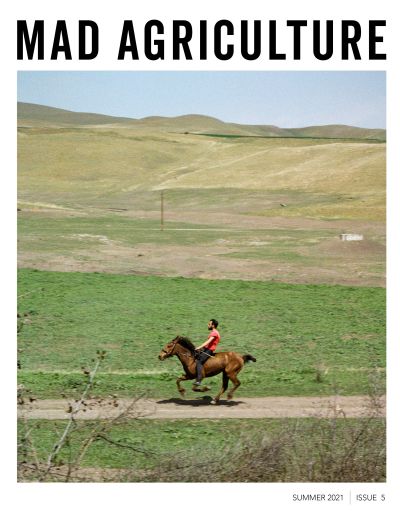
The Mad Agriculture Journal
Beaver
Published on
June 08, 2021
Written by
Philip Taylor
Photo by
Jane Cavagnero
I’ve encountered many beavers in my adventures. I love watching them build their homes. The familial nature of their bond is overwhelmingly clear. If anyone doubts that animals love and care, have strong emotion, find and watch a family of beavers. Beavers are the classic keystone species. When they are removed from the landscape, the landscape drastically changes. Streams erode, wetlands dry up, salmon to herons lose vital habitat.
My favorite moment with a beaver was in a place I least expected to see one. I was working in the Catskills, studying how nutrients ‘spiral’ in stream ecosystems. I was standing knee-deep in the upper reaches of the Esopus River, watching some trout gather in the slipstream of my waders. Suddenly, moving fast and underwater, bolts of white plumage darted by my feet upstream. I was startled. Watching this strange phenomenon unfold, I saw two hooded mergansers pop to the surface, water rolling off their backs, fish in their mouths. At the same time, something was directly at me, leaving a wake in its path. An enormous beaver swam through my legs, brushing against my waders, and then abruptly stopped 10 feet downstream, in the thalweg of the stream. The beaver looked me in the eyes, slapped its tail with a deafening clap and an unmistakable fury, then disappeared.
Later that evening, when driving back to the Weyside Inn in Big Indian, NY, we passed a small tributary to the Esopus, named the Beaver Kill. No wonder that beaver was angry.

